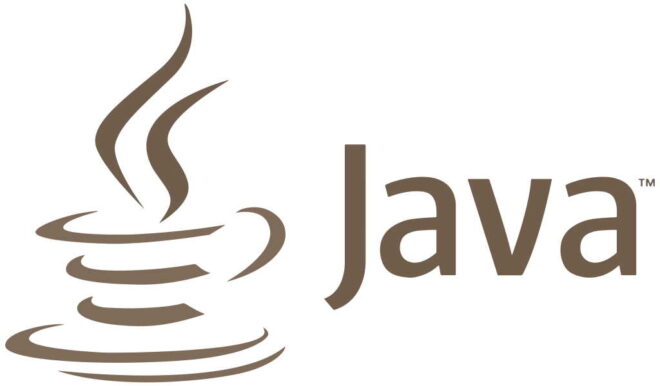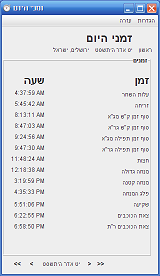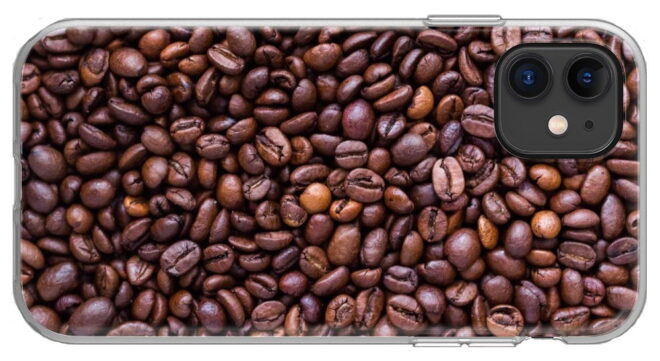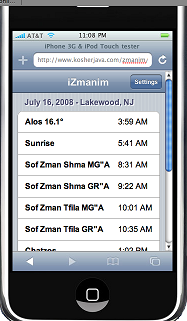
The Zmanim API 1.1 was released early this morning. Information about what changed in this release can be seen in previous posts about various beta and patch releases. A last-minute change involved the removal of the misheyakir calculations commonly used by the Syrian community. The removal was due to the various different minhagim used, and Chacham Yosef Harari-Raful not endorsing any specific one, nor does he include any in his calendar. The API is flexible enough to be used for any calculation wanted by the various Syrian shuls even without “native” support for a built in “Ateret Torah” misheyakir. Some missing JavaDocs were also added.
I would like to again thank Rabbi Rachamim Ashkenazi the publisher of a zmanim calendar for the Syrian Community, and Victor Grazi for his input, testing and technical expertise used for adding the new “Ateret Torah” zmanim.
The main download is the Zmanim 1.1 release zip file that includes source files and JavaDoc documentation. Also available for download (included in the above zip file) is the main zmanim-1.1.jar and the new zmanimAstronomical-1.1.jar that only includes the AstronomicalCalendar and supporting classes. Additional detail on the downloads can be seen on the Zmanim Download page.

 I was recently contacted by Moshe Wagner who wanted to know if there was a graphical front end to the
I was recently contacted by Moshe Wagner who wanted to know if there was a graphical front end to the  There are now 3 native iPhone programs in the iPhone App Store that display Zmanim.
There are now 3 native iPhone programs in the iPhone App Store that display Zmanim.  The release of the
The release of the